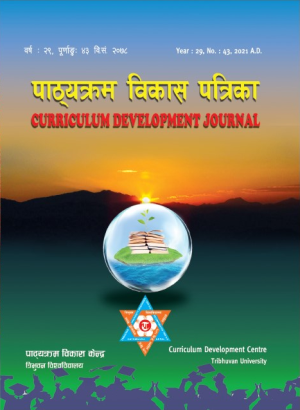Estimation and Projection of Fertility, 2001-2031: Province 2, Nepal
DOI:
https://doi.org/10.3126/cdj.v29i43.41043Keywords:
Estimation, projection, census, indirect techniques, province 2Abstract
Fertility is an essential tool of population growth which levels and patterns can assist to formulate and evaluate policies related to population change. Fertility decline in Nepal has been tested and tried with different studies gives different figures like demographic health survey and national census data but varies data in provincial level. This study describes number of children ever born and number of birth before 12 months who were given birth by reproductive (15-49) age group of women. The study has utilized census data from CBS that were conducted in 2001 and 2011. These national household censuses were carried out in 12.5 percent of total household. From census data files 1,063,903 and 1,304,079 number of reproductive age group of women were identified through analysis. The study was carried out adhering to the Arriaga method and changing P/F ratio method. Age sex pyramids and frequency table represent demographic scenario of provincial 2. The TFR values of province 2 exact years 2016, 2021, 2026 and 2031 were obtained by linear interpolation and extrapolation by 2031, it will to reach TFR replacement level.
Downloads
Downloads
Published
How to Cite
Issue
Section
License
© Curriculum Development Centre, Tribhuvan University

